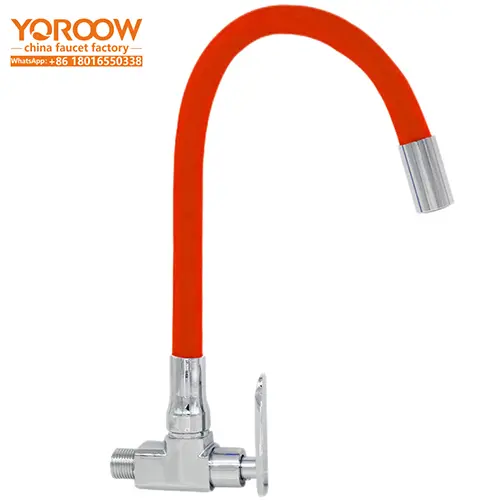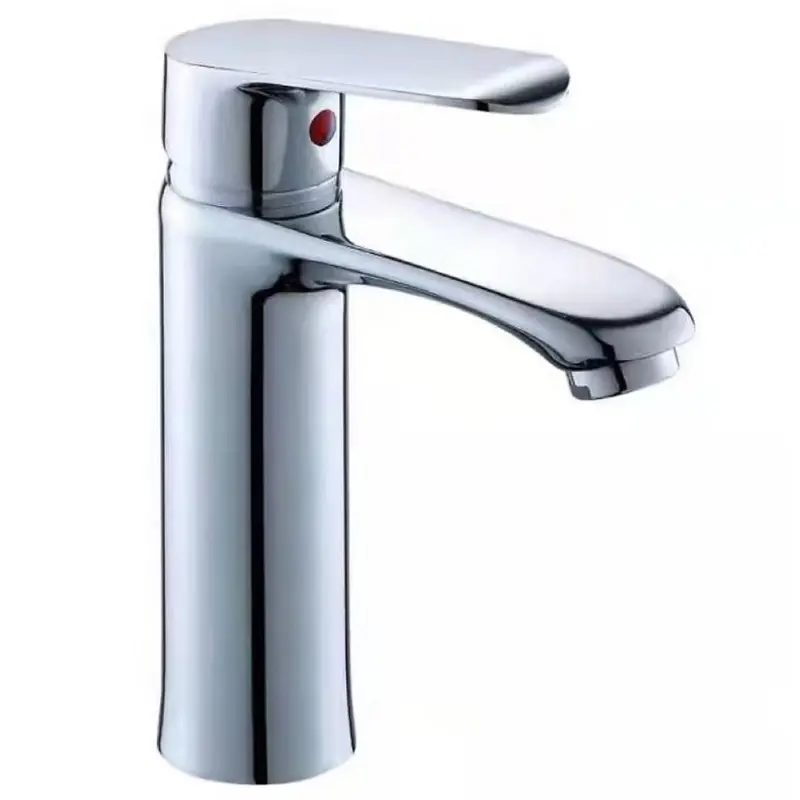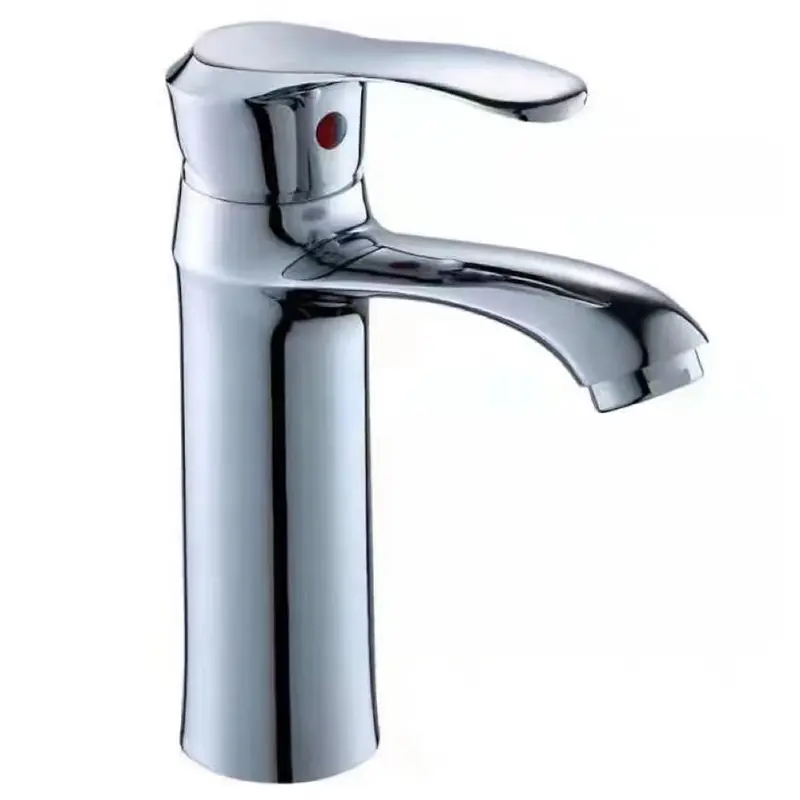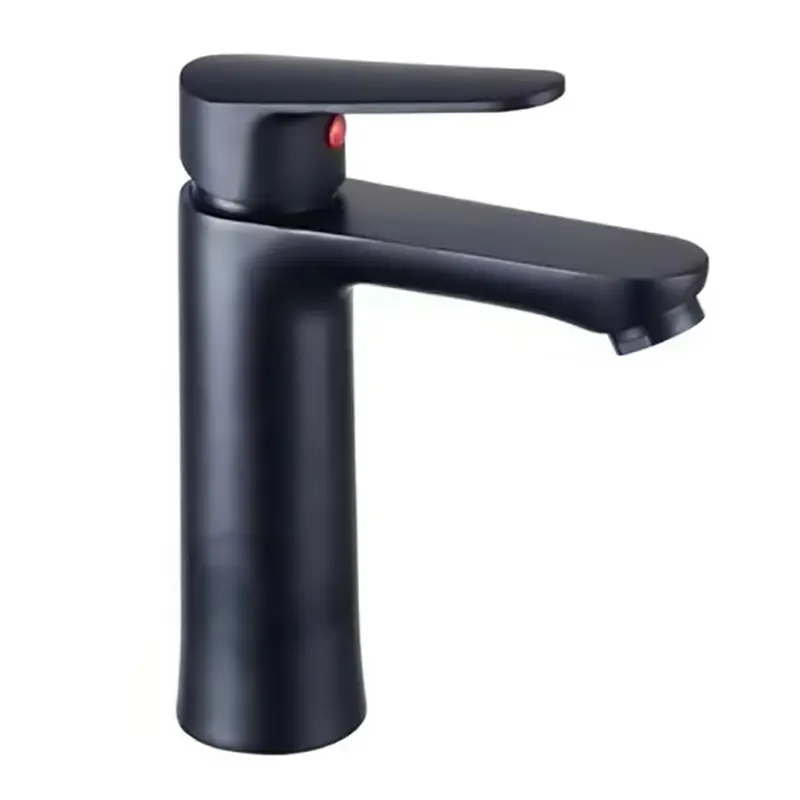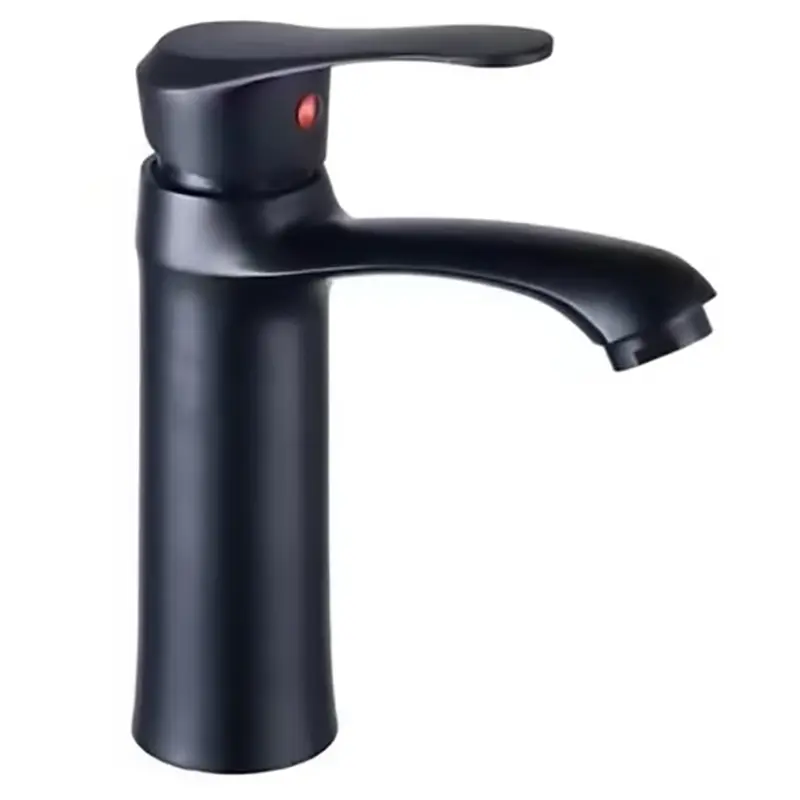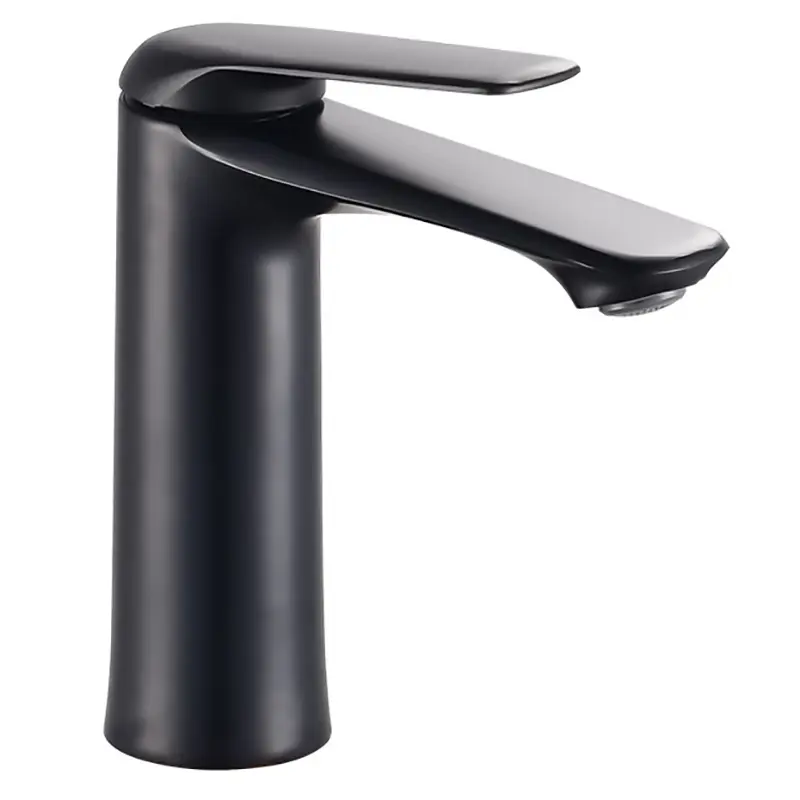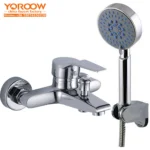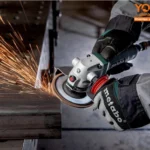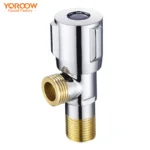Kitchen tap bronze, with its unique material and craftsmanship, has become a popular choice for many households to create a retro and luxurious kitchen style in recent years. Relying on a mature production system and exquisite craftsmanship, Fábricas de torneiras chinesas produce bronze faucets renowned for their high-quality materials and fine workmanship. These faucets are not only corrosion-resistant but also maintain an attractive appearance over the long term, fitting various classical or retro kitchen designs. The following detailed installation guide will assist you in completing the installation smoothly.
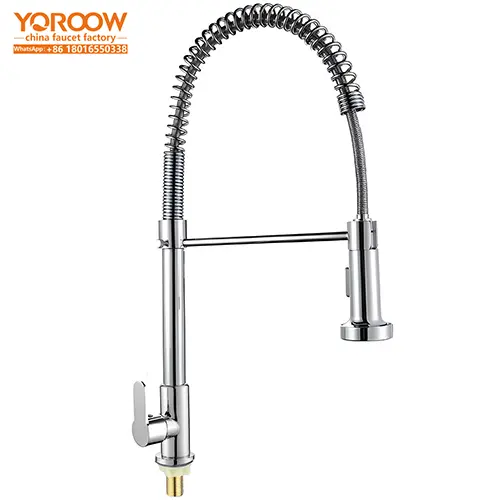
(I) Precauções antes da instalação do produto
Before starting the installation of the kitchen tap bronze, carefully check whether the product specifications match the size of the basin installation hole. A proper fit is fundamental to ensuring a stable installation and normal use. Any size deviation may lead to issues such as instability or poor sealing. Additionally, make sure to turn off the main water valve at home to prevent unexpected water leakage during installation, which could cause unnecessary trouble. After unpacking, thoroughly inspect whether the faucet and its accessories are complete, and check for any scratches, cracks, or other damages on the surface. In case of any abnormalities, promptly contact the after-sales service of Chinese faucet factories to ensure the product quality for installation.
(II) Ferramentas de instalação necessárias
To install the kitchen tap bronze, some basic and practical tools are necessary. A wrench is essential for tightening water pipe joints and fixing the faucet nuts, ensuring a secure connection. A screwdriver can assist in installing certain faucet components, such as fixing the decorative cover. Teflon tape is a crucial material for enhancing the sealing performance of joints, effectively preventing water leakage. Preparing these tools in advance will make the installation process smoother and more efficient.
(III) Passos de preparação antes da instalação
First, thoroughly clean the area around the basin installation hole, removing debris, dust, and any residual glue to ensure a clean and flat installation surface, providing a good foundation for faucet installation. Then, correctly install the sealing ring that comes with the faucet in the designated position. The installation position and condition of the sealing ring directly affect the sealing effect of the faucet, so ensure it is installed flat and free of twists. Finally, according to the product manual, initially assemble the various parts of the faucet to familiarize yourself with their connection methods, saving time during the subsequent installation.
(IV) Processo de instalação normalizado
Pass the initially assembled kitchen tap bronze through the installation hole from above the basin. Under the basin, use the matching nut to fix the faucet and tighten it moderately with a wrench. Pay attention to applying the right amount of force to avoid damaging the faucet or the basin while ensuring the faucet is stable and does not shake. Subsequently, connect the inlet water pipe. Wrap an appropriate amount of Teflon tape evenly around the pipe interface, usually 3 – 5 turns, and then use a wrench to tighten the connection between the water pipe and the faucet. During the connection process, ensure the water pipe runs naturally to avoid excessive bending that may affect the water flow.
(V) Pontos-chave dos ensaios de utilização e da inspeção
After the installation is complete, turn on the main water valve at home and carefully observe all connection points of the faucet, including the water pipe interfaces and the connection between the faucet and the basin, to check for any seepage or dripping. At the same time, turn the faucet on and off several times to test whether the water flow is smooth and the water output is even and stable. If abnormal water flow or leakage is detected, immediately turn off the water valve, recheck the connection parts, adjust the winding of the Teflon tape, or tighten the nuts until the problem is resolved.
(VI) Problemas comuns de instalação e soluções
- Water leakage: If water leakage occurs at the faucet connection, it is likely due to improper winding of the Teflon tape or incorrect installation of the sealing ring. In this case, turn off the water valve, disassemble the connection, and rewind the Teflon tape, ensuring it is wound tightly and evenly. If there is an issue with the sealing ring, replace it with a new one and install it correctly.
- Loose faucet: If the faucet is loose after installation, it is usually because the fixing nut is not tightened properly. Use a wrench to tighten the nut again, fix the faucet, and check other connection parts for stability to ensure the faucet is firmly installed.
(VII) Conselhos de segurança e sugestões de manutenção
During the installation process, use tools carefully to avoid accidental injuries such as scratches caused by improper operation. In daily use, regularly wipe the surface of the faucet with a soft cloth to remove water stains and dirt, maintaining its luster. Avoid using acidic or corrosive cleaning agents to prevent damage to the bronze surface. If the kitchen faucet is not used for an extended period, it is recommended to turn off the main water valve to prevent damage to the faucet caused by unstable water pressure and extend its service life.
